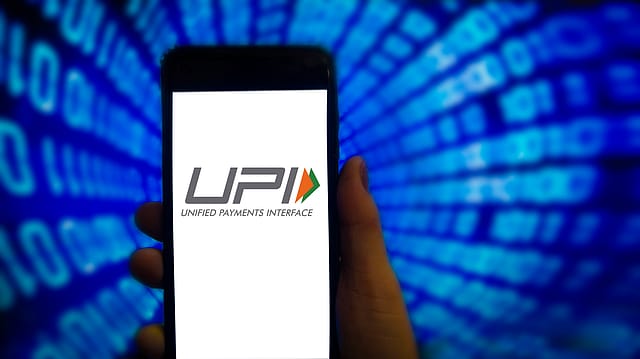India Fintech Foundation warns two UPI apps control 80% of payments, urges RBI, govt to act
ADVERTISEMENT

The India Fintech Foundation (IFF) has raised serious concerns about the growing dominance of two digital payment apps, which together handle more than 80% of all transactions on the Unified Payments Interface (UPI). In a policy note titled “Policy Options for Mitigating Concentration Risk on UPI”, released on October 29, 2025, the foundation said this concentration could threaten competition, innovation and even the resilience of India’s digital payments system.
According to the report, “More than 80% of the volume of transactions on UPI happen through only two of its ~30 TPAPs,” referring to third-party app providers (TPAPs). The note warned that this duopoly uses predatory pricing (deep discounts, cashbacks) to crowd out smaller Indian players, including state-led platforms like BHIM.
IFF said that the Reserve Bank of India and National Payments Corporation of India had proposed a 30% cap on market share to reduce this dominance. However, the effective date for implementation keeps being pushed back.
The report added that the push of the large players to become too big before NPCI can enforce this cap is a strategic move to capture significant market share and become 'too big to fail.'
December 2025
The annual Fortune 500 India list, the definitive compendium of corporate performance, is out. This year, the cumulative revenue of the Fortune 500 India companies has breached $2 trillion for the first time. Plus, find out which are the Best B-schools in India.
To fix this imbalance, IFF has suggested that the government rewire the UPI incentive mechanism to ensure fairer distribution of subsidies under the Incentive Scheme for Promotion of Rupay Debit Cards & Low Value BHIM-UPI Transactions. The report said, “The system of downstream sharing as implemented does not take into account the relative market share of payment volume,” resulting in big players receiving a larger fraction of the overall subsidy flow.
IFF proposed a “10% incentive cap per TPAP,” arguing that it would encourage banks to diversify their partnerships and give smaller fintech players more room to grow. “TPAPs other than T2 will have access to a larger pool of incentive payments to share among themselves,” the report said.
Highlighting national security concerns, IFF added that ownership and control of dominant UPI apps must also be viewed “from a strategic or geopolitical lens.” The foundation urged policymakers to ensure that India’s digital payment system remains resilient “against any risks, however remote.”
